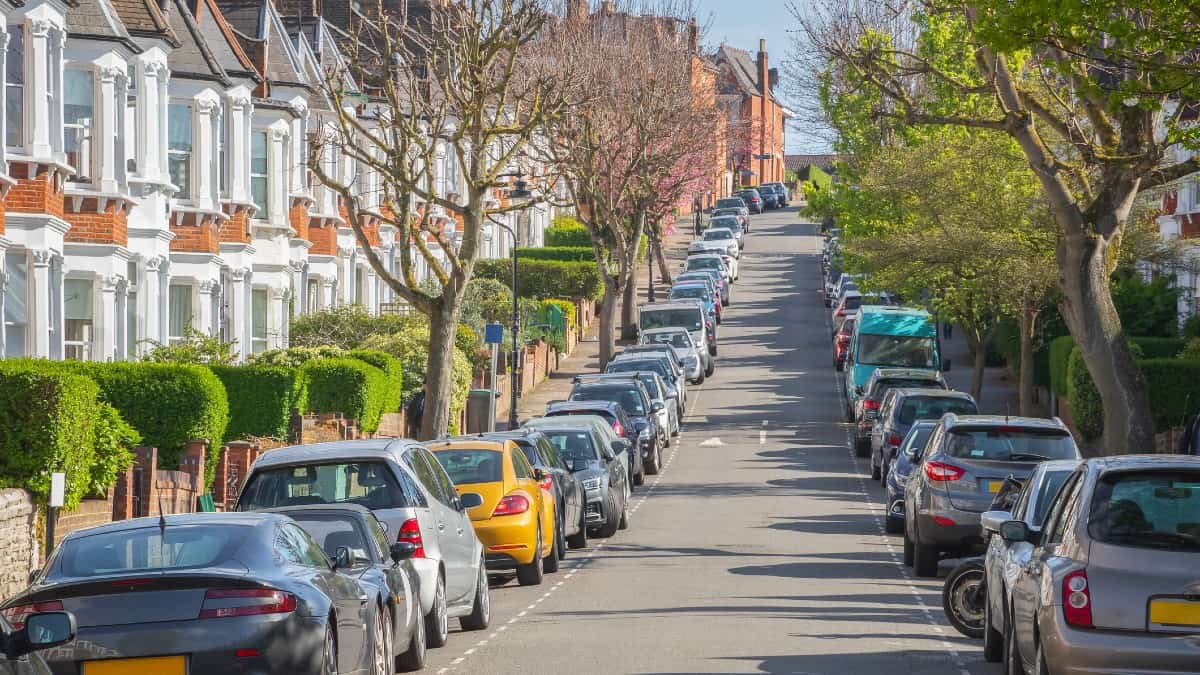In the film High Society, Frank Sinatra asks: “Who wants to be a millionaire?”. Celeste Holm, who plays alongside Sinatra, replies “I don’t”. Well, unlike Sinatra’s co-star, I do. So, is property or the FTSE 100 more likely to give me a seven-figure wealth?
In 1956, when High Society was released, the average price of a UK home was £2,280 and the FTSE 100 didn’t exist. It wasn’t until 3 January 1984 that the index of the 100 largest quoted companies was created, with a starting value of 1,000.
The FTSE 100 closed last week at 7,281 — an increase of 628% since its formation. This equates to an average annual growth rate of 5.2%. Over the same period, inflation has averaged 2.9% each year so the real return (after removing the impact of inflation) from the Footsie has been 2.3% per annum.
But that’s only half the story.
The key to building significant wealth is to re-invest any dividends received.
Analysis by IG found that £10,000 invested in the FTSE 100 in 1986 would have grown to £53,394 by the end of 2019. By re-investing all dividends received, the initial £10,000 would have increased to £195,852. The re-investment strategy increased the average annual return by an additional 4.3 percentage points.
Unfortunately, I didn’t start investing in the FTSE 100 in 1984.
It’s also important to remain committed for an extended period of time. The FTSE 100 fell by 31.3% in 2008 and 14.3% in 2020, so investing for the long term helps to smooth the inevitable troughs.
So, how have bricks and mortar fared over the same period?
According to figures from the Nationwide Building Society, the average UK house price in 1984 was £29,675, which is £114,707 in today’s money. The average house price is now £270,452, meaning the average annual growth rate from 1984 to today has been 2.4%, after accounting for inflation.
This is marginally better than the FTSE 100 if dividends were not re-invested, but an inferior return to that achieved from pursuing the dividend re-investment strategy.
Unfortunately, I didn’t buy a house in 1984.
But it’s important to remember that there are huge regional disparities with house prices so buying in the right area is vital. The figures quoted above are for an average house, wherever that is.
Also, a bank will lend you money to buy a house but will not lend you money to buy shares.
And, of course, you can’t live in a FTSE 100 tracker fund.
I could have sought to benefit from both property and shares by investing directly in Britain’s largest housebuilders or a property investment fund.
But in 2021, Rakesh Bissoondeeal published a paper examining the relationship between house prices and the stock market, and found that severe instability in one market is likely to coincide with turmoil in the other.
It’s also important to remember that past performance is no guarantee of future performance. The growth we have seen may not continue into the future.
So, unfortunately, I may have left it too late to become a millionaire. And that’s the biggest lesson of investing — whether in the stock market or property — start early.
To quote Frank Sinatra once more: “Regrets, I’ve had a few…”
